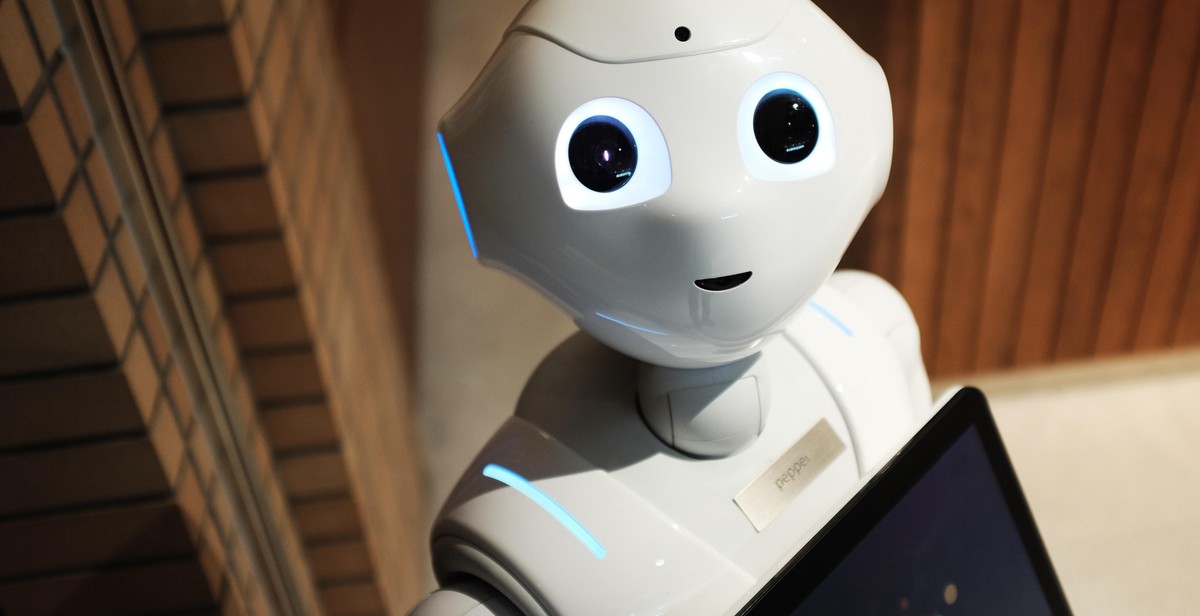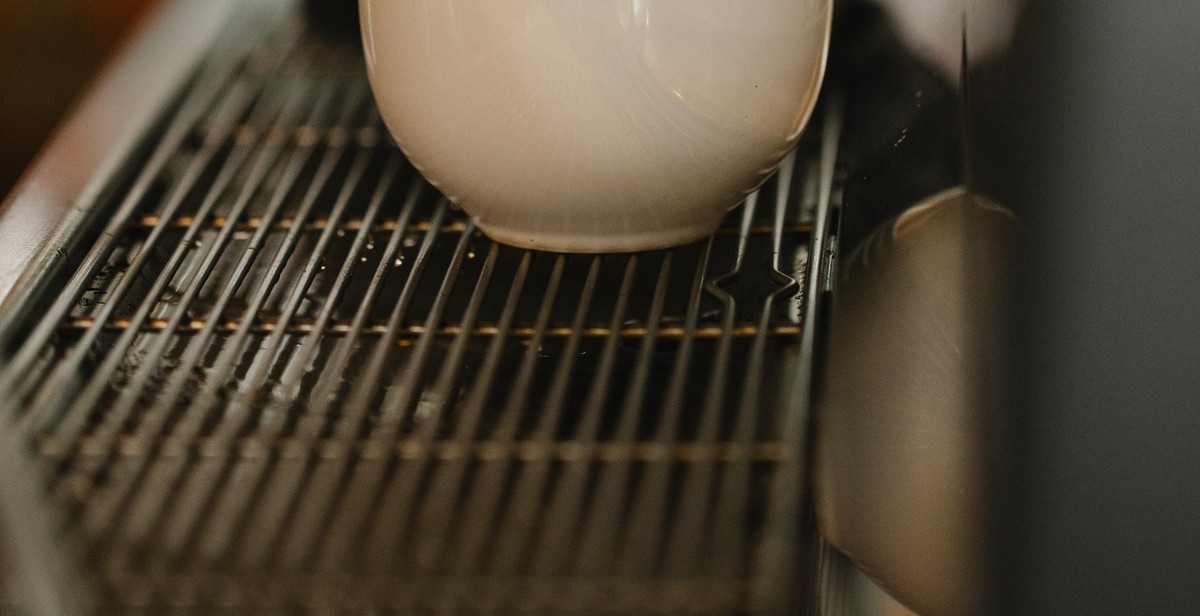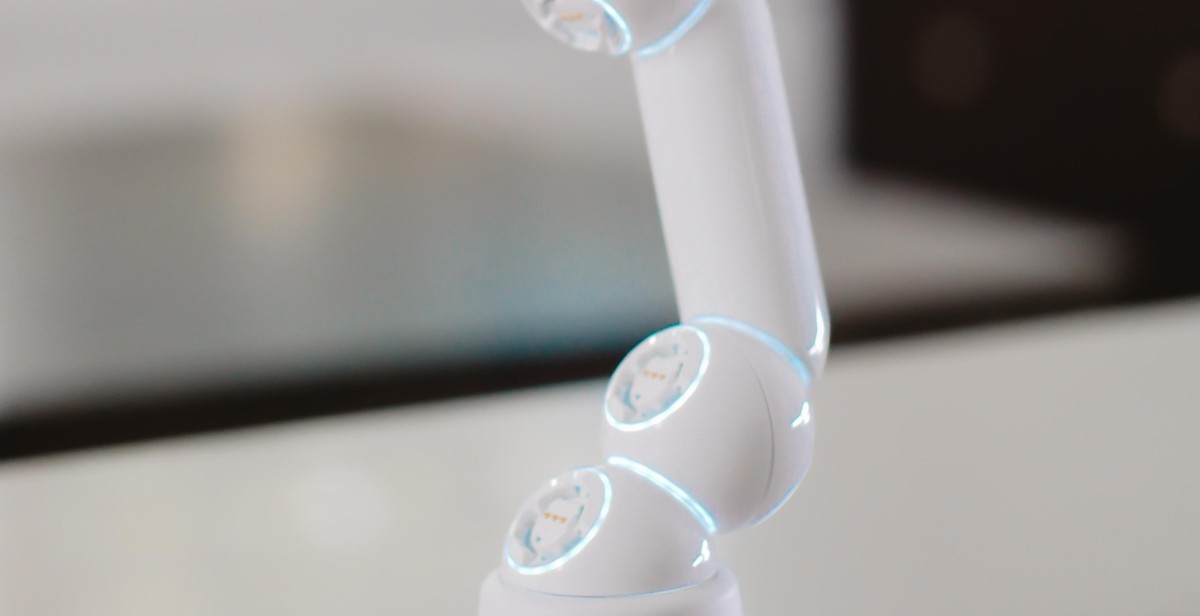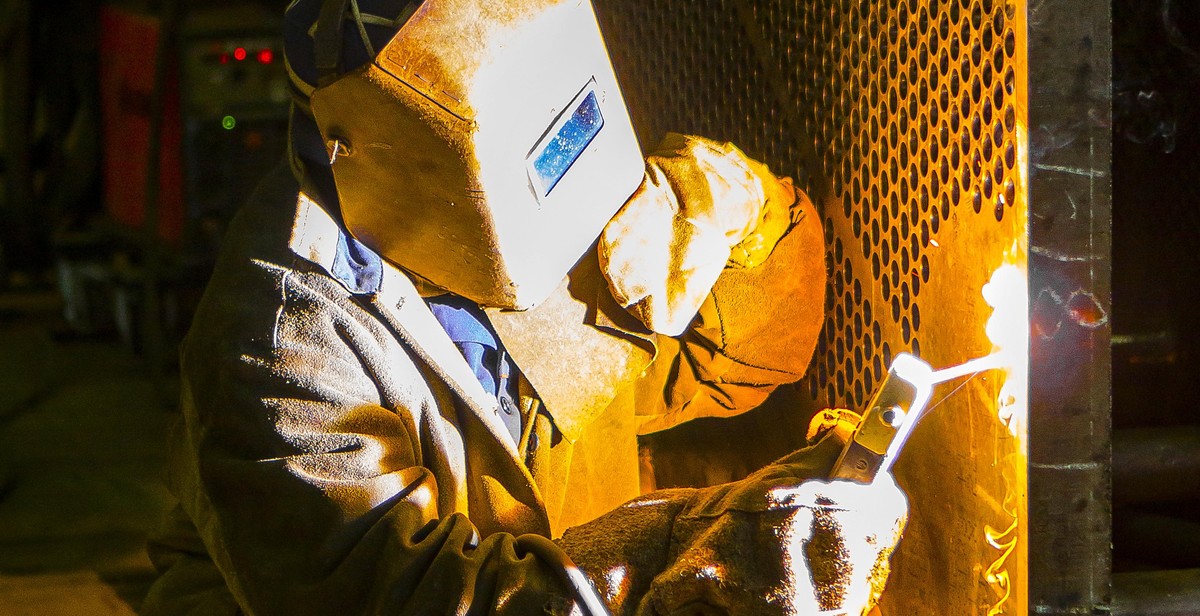How to Calibrate an X-ray Machine: Procedures for Ensuring Accuracy and Quality in X-ray Imaging
X-ray imaging is an essential tool in the medical field, providing valuable information for diagnosing and treating a wide variety of conditions. However, the accuracy and quality of these images depend heavily on the calibration of the X-ray machine. Calibration is the process of adjusting the machine’s settings to ensure that it produces accurate and consistent results.
The Importance of Calibration in X-ray Imaging
Calibration is crucial in X-ray imaging because inaccurate or inconsistent results can lead to misdiagnosis or incorrect treatment. For example, if an X-ray machine is not properly calibrated, it may produce images that are too dark or too light, making it difficult for medical professionals to accurately interpret the results. Calibration also ensures that the machine is operating within safe and acceptable limits, protecting both patients and staff from unnecessary radiation exposure.
Calibrating an X-ray machine can be a complex process, requiring specialized knowledge and equipment. However, by following the proper procedures and guidelines, medical professionals can ensure that their X-ray machines are producing accurate and high-quality images, helping them provide the best possible care for their patients.

Types of X-ray Machines
There are various types of X-ray machines, each with its unique calibration procedure. The X-ray machine you use will determine the calibration method you employ. Here are some of the common types of X-ray machines:
1. Radiographic X-ray Machines
Radiographic X-ray machines are the most common type of X-ray machines. They are used to create images of the internal structures of the body, such as bones and organs. Radiographic X-ray machines use film or digital sensors to capture the images. The calibration process for these machines involves adjusting the exposure time, kilovoltage, and milliamperage settings.
2. Fluoroscopic X-ray Machines
Fluoroscopic X-ray machines are used to view real-time images of the body’s internal structures. They are commonly used during medical procedures such as catheterization and angiography. The calibration process for these machines involves adjusting the contrast, brightness, and resolution settings.
3. Computed Tomography (CT) Machines
CT machines are used to create detailed 3D images of the body’s internal structures. They use a rotating X-ray beam and a computer to create the images. The calibration process for these machines involves adjusting the radiation dose, slice thickness, and reconstruction algorithm settings.
4. Mammography Machines
Mammography machines are used to create images of the breast tissue. They are commonly used to screen for breast cancer. The calibration process for these machines involves adjusting the compression force, exposure time, and kilovoltage settings.
5. Dental X-ray Machines
Dental X-ray machines are used to create images of the teeth and surrounding structures. They are commonly used to diagnose dental problems such as cavities and gum disease. The calibration process for these machines involves adjusting the exposure time, kilovoltage, and milliamperage settings.
Each type of X-ray machine requires a specific calibration method to ensure accurate and high-quality imaging. It is essential to follow the manufacturer’s guidelines and consult with a qualified technician to calibrate your X-ray machine properly.

Pre-Calibration Procedures
Before calibrating an X-ray machine, it is important to ensure safety and proper setup. This involves wearing personal protective equipment (PPE) such as lead aprons, gloves, and thyroid shields to protect against radiation exposure. Additionally, the X-ray room should be properly shielded to prevent unnecessary exposure to radiation.
Checking Power and Voltage
The first step in pre-calibration is to check the power and voltage of the X-ray machine. This can be done by using a digital multimeter to measure the voltage and current of the machine. Ensure that the voltage and current readings are within the manufacturer’s specifications.
It is also important to check the grounding of the machine. This can be done by using a grounding tester to ensure that the machine is properly grounded.
Checking the X-ray Tube
The next step is to check the X-ray tube of the machine. This involves checking the tube’s filament, anode, and cathode for any damage or wear. If any damage or wear is found, the tube should be replaced before calibration.
Checking the Collimator
The collimator is an essential component of an X-ray machine that controls the size and shape of the X-ray beam. It is important to check the collimator for any damage or misalignment. This can be done by using a collimator test tool to ensure that the beam is properly aligned and collimated.
Checking the Image Receptor
Finally, it is important to check the image receptor of the X-ray machine. This involves checking the image quality and resolution of the machine. This can be done by using a phantom or test object to ensure that the machine is producing accurate and high-quality images.
- Wear proper PPE to protect against radiation exposure
- Ensure that the X-ray room is properly shielded
- Check the power and voltage of the machine
- Check the grounding of the machine
- Check the X-ray tube for damage or wear
- Check the collimator for damage or misalignment
- Check the image receptor for image quality and resolution

Calibration Process
The calibration process is essential to ensure that x-ray machines produce accurate and high-quality images. Here are the steps to follow:
Identifying the Correct Calibrators
The first step in the calibration process is to identify the correct calibrators for your x-ray machine. Calibrators are devices that are used to measure the accuracy of the x-ray machine. They come in different sizes and shapes, depending on the type of machine you have. It is essential to use the correct calibrator for your machine to ensure accurate measurements.
Using Test Objects
After identifying the correct calibrator, the next step is to use test objects. Test objects are objects that simulate the human body and are used to test the accuracy and quality of the x-ray machine. They come in different shapes and sizes, depending on the part of the body you want to image. It is essential to use the correct test object for the body part you want to image to ensure accurate results.
Adjusting Machine Settings
Once you have identified the correct calibrator and test object, the next step is to adjust the machine settings. This involves adjusting the exposure time, kilovoltage, and milliamperage settings to ensure that the x-ray machine produces accurate and high-quality images. It is important to follow the manufacturer’s instructions when adjusting the machine settings to avoid damaging the machine or producing inaccurate images.
| Step | Description |
|---|---|
| Identifying the Correct Calibrators | Identify the correct calibrator for your x-ray machine |
| Using Test Objects | Use test objects that simulate the human body to test the accuracy and quality of the x-ray machine |
| Adjusting Machine Settings | Adjust the exposure time, kilovoltage, and milliamperage settings to ensure accurate and high-quality images |
- Identify the correct calibrator for your x-ray machine
- Use test objects that simulate the human body to test the accuracy and quality of the x-ray machine
- Adjust the exposure time, kilovoltage, and milliamperage settings to ensure accurate and high-quality images

Post-Calibration Procedures
After calibrating your X-ray machine, it is important to follow some post-calibration procedures to ensure that the calibration results are accurate and reliable. These procedures include verifying the calibration results and recording calibration data for future reference.
Verifying the Calibration Results
Verifying the calibration results is an essential step in the post-calibration process. It involves testing the accuracy of the machine’s calibration by taking test images and comparing them with the reference images. This process helps to ensure that the machine is producing accurate and high-quality images that meet the required standards.
During the verification process, you should pay attention to the following parameters:
- Image contrast and brightness
- Image resolution
- Noise level
- Artifacts
If any of these parameters are not within the acceptable range, you may need to recalibrate the machine or make some adjustments to the settings.
Recording Calibration Data
Recording calibration data is another important post-calibration procedure. It involves documenting the calibration results and other relevant information for future reference. This information may include:
- Date and time of calibration
- Name of the person who performed the calibration
- Calibration settings and parameters
- Verification results
- Any issues or problems encountered during the calibration process
By recording this data, you can easily track the performance of your X-ray machine over time and identify any trends or patterns that may emerge. This information can also be useful in troubleshooting any issues that may arise in the future.
| Calibration Data | Description |
|---|---|
| Date and Time | The date and time when the calibration was performed. |
| Calibration Settings | The settings and parameters used during the calibration process. |
| Verification Results | The results of the verification process, including any issues or problems encountered. |
Overall, following these post-calibration procedures can help you ensure that your X-ray machine is producing accurate and high-quality images that meet the required standards. By verifying the calibration results and recording calibration data, you can easily track the performance of your machine over time and identify any issues that may arise.

Maintenance and Quality Control
Regular maintenance procedures are essential to ensure the accuracy and longevity of an X-ray machine. The following are some of the most important maintenance procedures:
- Cleaning: Regular cleaning of the machine and its components is crucial to prevent dirt, dust, and debris from interfering with the X-ray imaging process. Use a soft cloth and a gentle cleaner to wipe down the machine regularly.
- Inspection: Regular inspections of the machine’s components, including the X-ray tube, collimator, and detector, are necessary to ensure that they are functioning correctly. Check for any signs of damage or wear and tear, and replace any defective parts immediately.
- Calibration: Regular calibration of the machine is necessary to ensure that it is producing accurate and consistent results. This involves adjusting the machine’s settings to match a known standard, such as a reference X-ray machine or a set of test objects.
Quality control tests are also essential to ensure that the X-ray machine is producing high-quality images. The following are some of the most important quality control tests:
- Image quality: This test involves taking X-ray images of a test object and evaluating the image quality, including factors such as contrast, resolution, and noise. This test helps to ensure that the machine is producing high-quality images that are suitable for diagnosis.
- Dose measurement: This test involves measuring the amount of radiation exposure that a patient receives during an X-ray procedure. This helps to ensure that the machine is producing images with the lowest possible radiation dose while still maintaining image quality.
- Collimation: This test involves checking the collimator to ensure that it is properly restricting the X-ray beam to the desired area. This helps to minimize unnecessary radiation exposure to the patient and improve image quality.
| Procedure | Frequency |
|---|---|
| Cleaning | Weekly |
| Inspection | Monthly |
| Calibration | Annually |
| Image quality | Quarterly |
| Dose measurement | Annually |
| Collimation | Quarterly |
